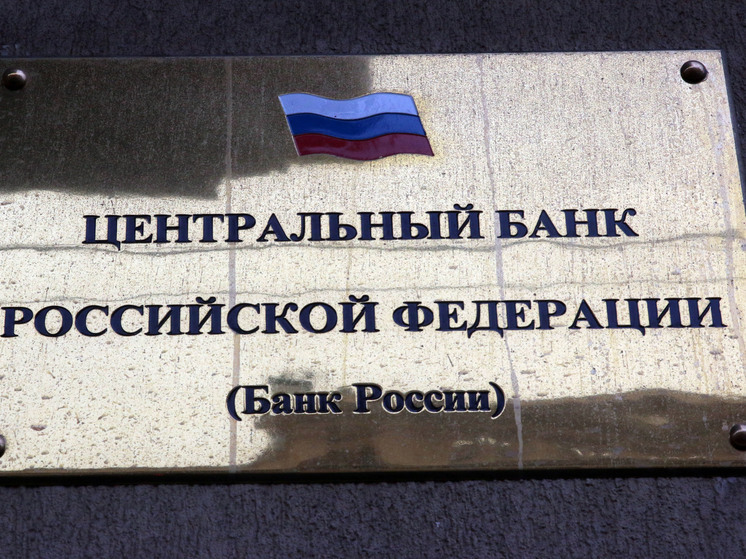State treasurers prefer to lend to private banks
In October, the Central Bank raised the key rate above market expectations — by 2%, from 13% to 15%. Banks, following the regulator, are also raising deposit rates; in many of them you can place your money at interest, which will fully compensate for the official inflation rate and even allow you to earn money. MK discussed whether the profitability of savings could still increase, how much and what it depends on, with Maxim Osadchiy, head of the analytical department of BKF Bank.

— Russians reacted sensitively to the concern of the Central Bank of the Russian Federation — to increase the key rate — and flocked to banks with their hard-earned money. The annual increase in deposits at the end of September was 17% versus 14.3% at the end of August 2023 and 3.7% at the end of September 2022. In October, judging by current statistics, the deposit market continued to “heat up”. Citizens are actively opening deposits at rates close to the key rate. Moreover, the main influx of funds comes from deposits with a maturity of up to six months, which is quite logical given the expected further increase in the key rate.
— When bankers are confident that rates will go up, they borrow huge sums, trillions of rubles, from the Central Bank for a short period of time in order to save on maintaining required reserves at the level set by the regulator. This maneuver costs them billions of rubles, but allows them to save tens of billions.
It was precisely this cunning maneuver that we observed immediately before the emergency increase in the key rate on August 15 from 8.5% to 12%. On August 14, the day before the increase, the largest banks borrowed about 7 trillion rubles from the Central Bank for just one day. A similar stunt was performed before the scheduled meeting on September 15, when the key rate was raised by one percentage point to 13%. But then the banks already had time to prepare, and borrowed about 7 trillion rubles from the Central Bank for a longer period — from September 13 to 18.
And the same trick was performed before the meeting of the Board of Directors of the Central Bank on the key rate on October 27, when the rate was raised from 13% to 15%: on October 11, banks borrowed about 7 trillion rubles from the Central Bank, gradually returning this money. Moreover, it was on October 11 that a new period of regulation of the size of required reserves began. This circumstance explains why in October banks prepared so early for the next increase in the key rate.
— Rather, as an indicator that the largest banks expect an increase in the key rate. However, for the third time in a row, these expectations came true. And they couldn’t help but come true, because otherwise the largest banks would have thrown billions of rubles down the drain! Now we will carefully watch whether this maneuver will be repeated before the last scheduled meeting of the Board of Directors on the key rate, which is scheduled for December 15.
— It turns out so. This trick increases the liquidity risks of the banking system, since it is precisely to reduce these risks that the regulator’s requirements for the amount of required reserves are intended.
Let me remind you that in Russia, required reserves are funds of Russian credit institutions in rubles, which they must maintain in certain accounts opened with the Bank of Russia. Currently, the Central Bank of the Russian Federation does not charge interest on the required reserves of credit institutions.
Therefore, banks’ money simply “rests” in accounts with the Bank of Russia, without bringing these banks any income. Meanwhile, banks do not get these funds for free; they have to pay for them, for example, to depositors. However, this money is one of the “safety cushions” of the banking sector.
“This maneuver reduces the stability of the banking system, increases its risks, and increases the likelihood of a banking crisis. Moreover, the “bubble” in the mortgage market is inflating more and more. If it explodes, it won’t be enough for anyone.
— Yes, the continuing rise in inflation. Look what's happening: if in April annual inflation was only 2.31%, then in August it reached 5.15%, in September — 6%, in October — 6.65%. Raising the key rate is the main remedy against inflation. If it were not for the heroic efforts of the Central Bank, then we would have been like in Turkey, where inflation exceeds 60%. The key rate in Turkey is 35%. So it’s a sin for Russians to complain.
— Since a further increase in the key rate is likely, deposits should still be opened for a period of no more than six months. It should also be remembered that it is not yet reasonable to open deposits in foreign currency, even “friendly” ones, in Russian banks due to restrictions in this market segment. After all, the bank will return the foreign currency deposit in rubles at the internal (read: arbitrary) rate.


